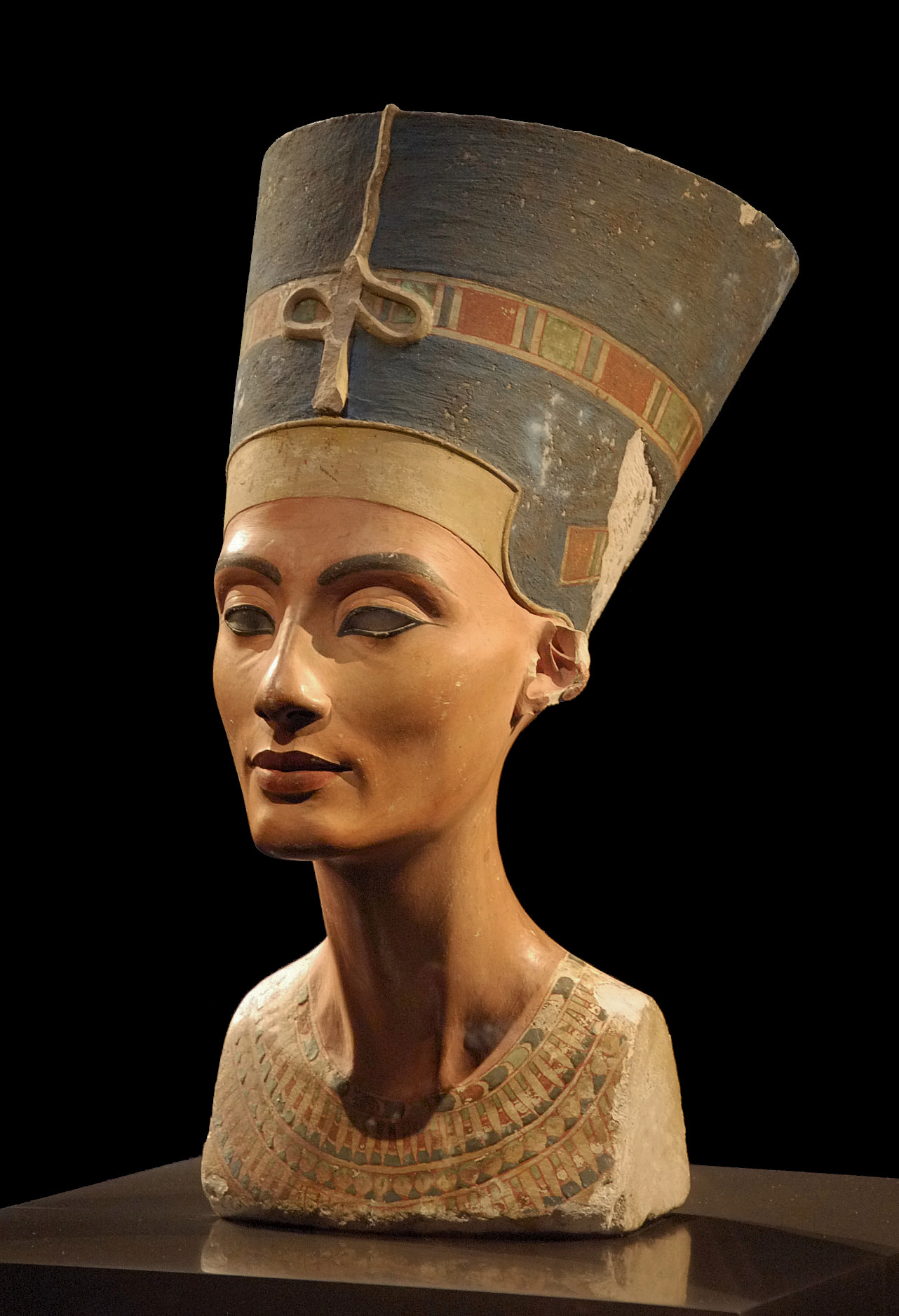A petition launched early last month calling for the repatriation of a bust depicting the Ancient Egyptian queen Nefertiti from Berlin’s Neues Museum has reached nearly 10,000 signatures.
Penned by archeologist Zahi Hawass, Egypt’s former minister of tourism and antiquities who was pushed out in 2011 for alleged corruption, the petition claims that “Nefertiti Bust” (c. 1351–1334 BCE) was removed from the country illegally a year after German Egyptologist Ludwig Borchardt excavated the artifact in 1912. Hawass authored a similar petition in October 2022 requesting the repatriation of the Rosetta Stone and Dendera Zodiac — held by the British Museum and the Louvre Museum in Paris, respectively — that garnered around 230,000 signatures.
“Egypt has been deprived of the bust for 102 years. It was never granted back to Egypt, even on loan, even as it changed homes in Germany, and despite the context of two world wars,” Hawass wrote in the petition.
Hawass argues that according to records of the excavation, “the bust was removed from Egypt against the letter and the spirit of the Egyptian laws in effect at the time,” adding that the country has made several attempts to repatriate the sculpture.
The Neues Museum has not yet replied to a request for comment from Hyperallergic. On the institution’s website, however, the museum claims that the removal of “Nefertiti Bust” adhered to Egyptian laws set forth by the country’s Council of Antiquities.
The painted limestone bust is one of the most famous works of Ancient Egyptian art. Its namesake queen lived and reigned during the 18th dynasty of the New Kingdom and was the wife of King Akhenaten, who galvanized Ancient Egyptian society to worship the sun god Aten.
The museum said that an official partage took place in 1913, when Borchardt’s excavation campaign of the site Tell el-Amarna ended. During the negotiations, the museum says, the “Egyptian side” claimed “Stele of Akhenaten and his family” while the “German side” claimed the Nefertiti figure. According to the website, the statue landed in the hands of art collector James Simon, who gifted the bust to the museum in 1920.
“Despite many ignored calls for meaningful dialogue as well as requests for acknowledgment of how this unique artifact ended up in Germany,” Hawass wrote, “this petition today is meant to re-ignite that conversation, inspire the return of the bust to Cairo, and elicit a dignified response from German authorities.’

